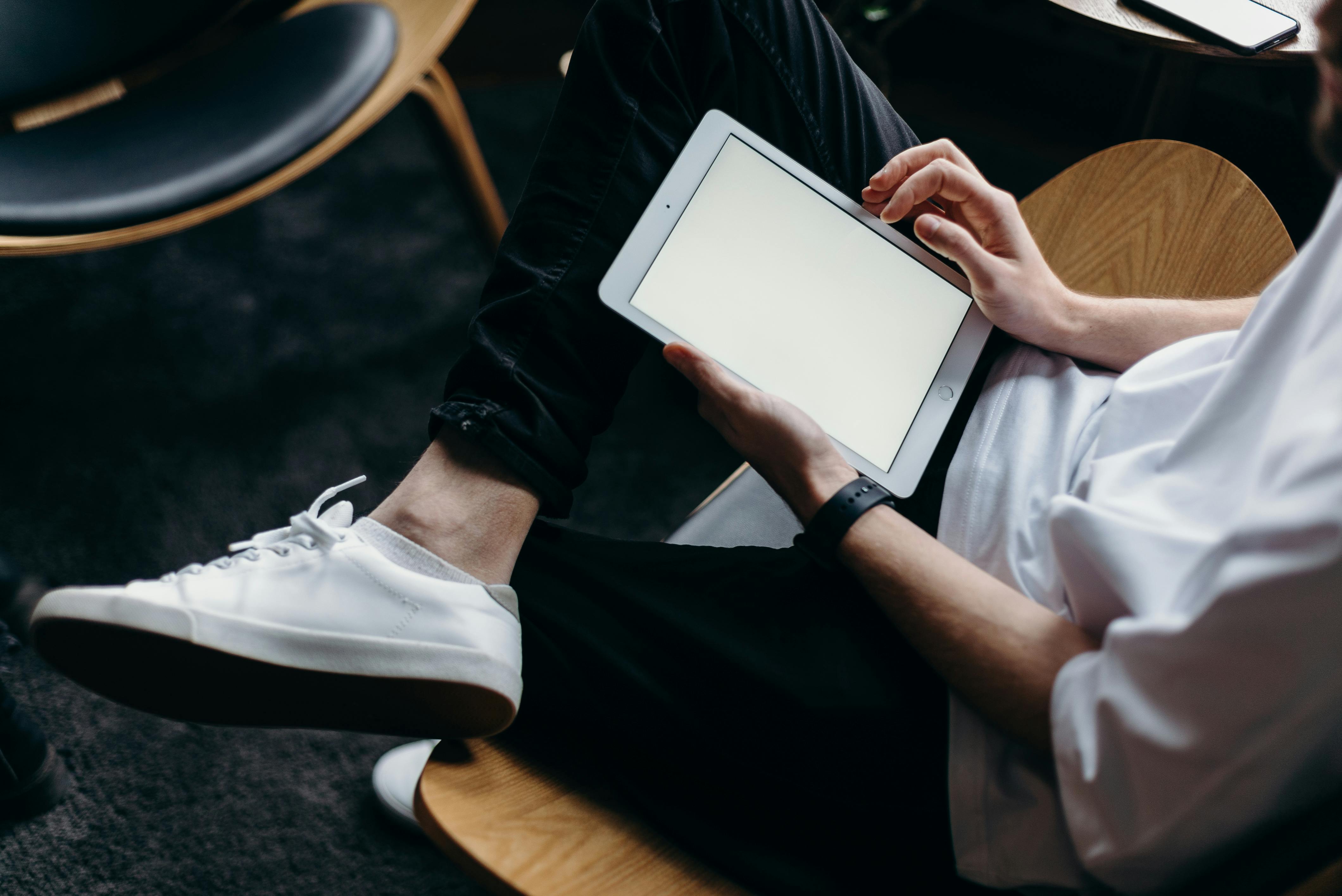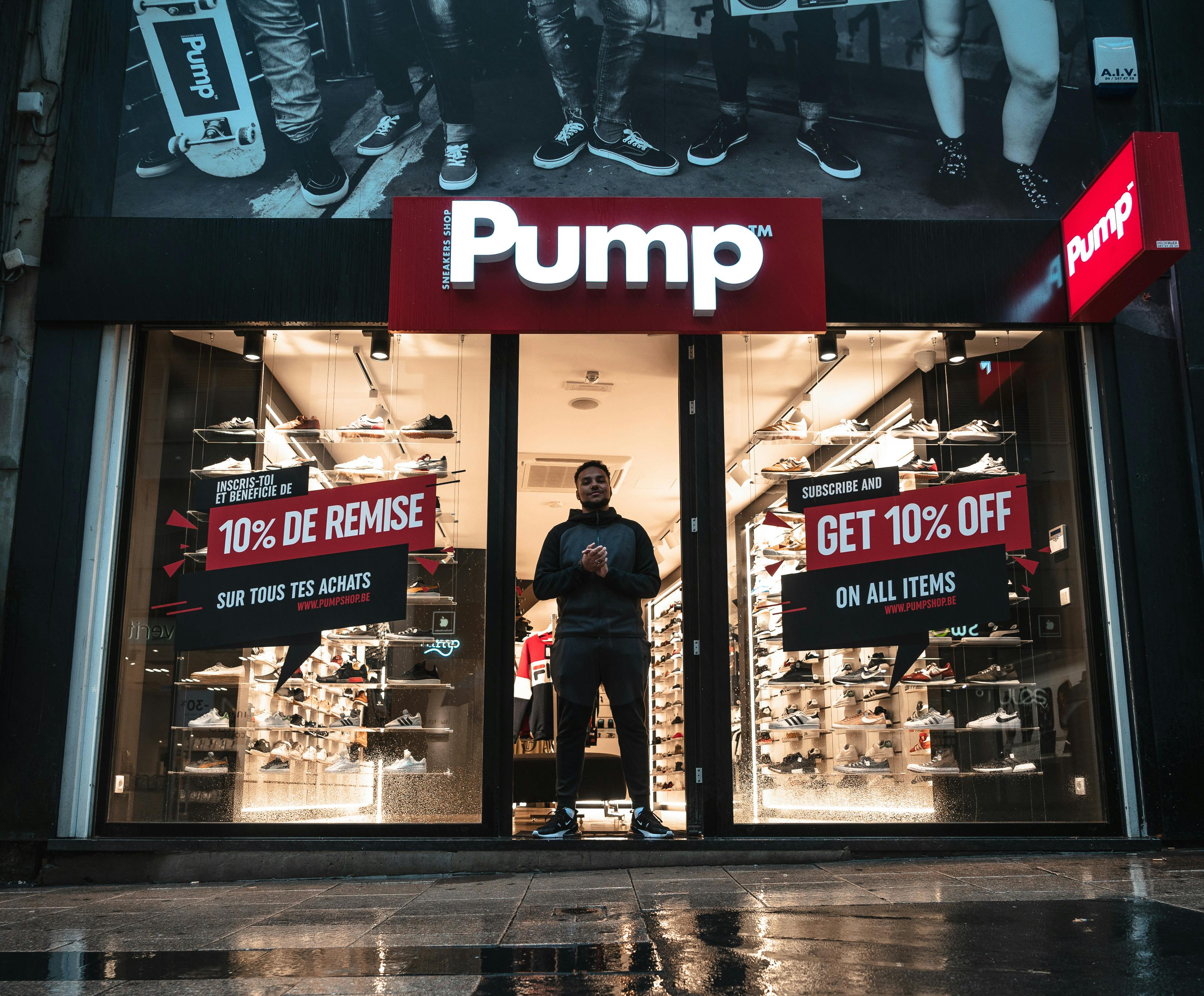How Does PCB Via Filling Affect the Manufacturability of the Circuit Board?
PCB Via Filling Affect the Manufacturability
Vias are drilled holes in the circuit board that are filled with conductive or non-conductive epoxy material or copper plating. This PCB manufacturing technique enhances the reliability of the resulting PCB by reducing the possibility of air or liquid being trapped inside the via. The primary purposes of a copper-filled via include signal transmission, heat dissipation and grounding. Moreover, it provides electrical connections between layers in a multilayer circuit board. Despite the fact that they require extra materials and hike up the production cost, copper-filled vias are ideal for certain applications. In addition, they feature capabilities that other conductive via fills do not provide.
When a PCB has been through the drilling and cleaning phases of its production, it can then be ready for the via-fill process. This is usually done after the copper plating step and involves applying an epoxy resin to the plated holes. The epoxy is then cured under UV light. This process makes the plated through hole a solid surface that is suitable for soldering components onto. In addition to this, the resin also prevents oxidation of the copper and extends the life of the via.
Conductive via fill is ideal for transferring signals between the boards layers as it allows for effective current conduction through the hole walls. It is typically made of either silver or copper conductive epoxy and is preferred in situations that require excellent thermal transfer. Choosing the right type of via fill is essential for ensuring that your circuit board will perform well in its intended application.

How Does PCB Via Filling Affect the Manufacturability of the Circuit Board?
Generally, the via hole must be filled with a material that is compatible with the laminate material that surrounds it. Non-compatible fills can lead to stress fractures during thermal excursions because they will expand or contract at a different rate than the laminate material. This may result in the formation of a crack between the pad and hole wall. Consequently, you should always choose the best PCB manufacturer that can offer you the via fill material you need.
The cost of a via-filled PCB depends on the number of holes it has, the type of material used and the manufacturing process. In general, the more holes you have on a board, the higher the cost of via filling will be. The most popular via fills are Taiyo paste and AE3030. Both have a good balance between performance and affordability.
Aside from the cost, other factors that influence the manufacturability of your circuit board include the layer count and the number of vias you have. For instance, a high-density board will require more vias to support the increased number of components. Additionally, a high-density board is more susceptible to EMI and electromagnetic interference.
Using the right pcb via fill is vital to ensure that your circuit board is made in a timely manner. For this reason, it is crucial to use a qualified and reliable PCB manufacturer that can take the necessary steps to ensure that your project gets completed on time.



Recent Comments